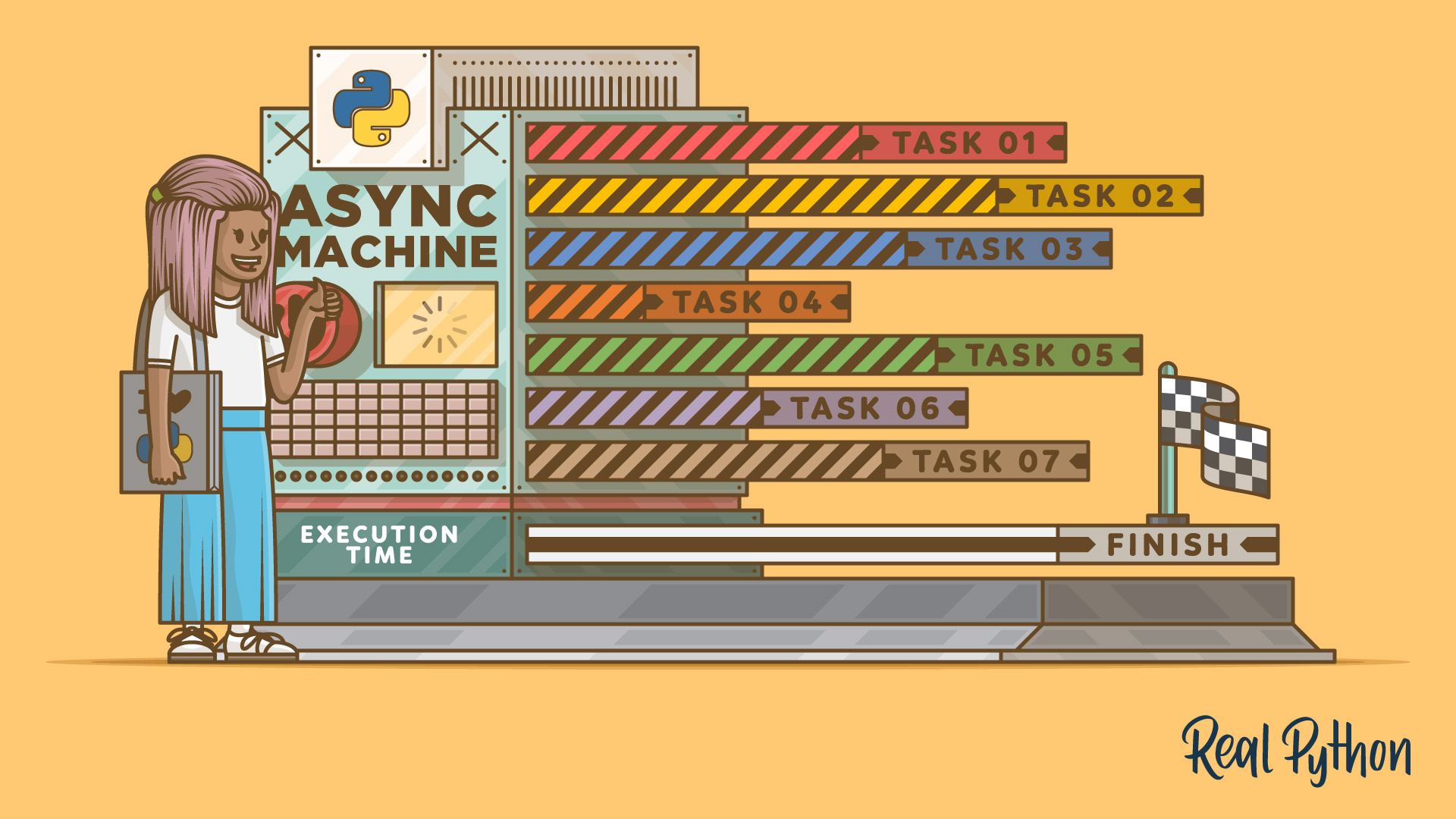

#Python subprocess get output line by line download percent code
Script Python: import numpy as np import math import subprocess def function(x): y1 = x**4 + 2*x**3 + 4*x**2 + 1 y2 = x**2 return y1,y2 x = 1.0 print function(x) #- Now using Fortran Code -# i=0 command = process = subprocess.Popen(command, stdout=subprocess.PIPE) while True: text = () if text != '': y1, y2 = text.split() print float(y1), float(y2) i=i+1 else: break print 'Number of line:', iĬode Fortran: program BasicFortranCode implicit none integer none integer, parameter :: pr = selected_real_kind(15,3) real(pr) :: x character :: arg call getarg(1,arg) read(arg,*) x ! Convert String to Real write(6,*) x**4 + 2*x**3 + 4*x**2 + 1, x**2 end program Méthode utilisant le module f2pyį2py -c -m FortranModule CodeFortran02.f90 Add your real code here.įor line in lines : print ( line ) if not readable : # This OutStream is finished.įds. read_lines () # Example: Just print every line. select ( fds, , ) break except InterruptedError : continue # Handle all file descriptors that are ready.įor f in rlist : lines, readable = f. While True : try : rlist, _, _ = select. close ( err_w ) fds = while fds : # Call select(), anticipating interruption by signals.

close ( out_w ) # if we do not write to process, close these. Popen (, stdout = out_w, stderr = err_w ) os. That it has a method fileno() that returns the file descriptor as an It can also do the sameįor descriptors that should be written to, details can be found inĪll that is required from an object passed to Python’s select() is List of those that are ready to be read from. You pass a list of file descriptors and it returns a Treat stdout and stderr differently? Here, the select() system callĬomes into play. More than one process? Or, to make the example simple, you want to This is all very nice, but what if you want to capture the output of You could improve the read_lines() method to add theĬorrect newline characters where needed if that is important. When readable is false, though, the last line did not have a The final newlines are stripped, so re-add them if if not readable : breakĮvery time read_lines() returns, we may get zero, one, or many lines

So the main loop looks like this now:į = OutStream ( out_r ) while True : lines, readable = f. The second return value indicates if we should keep reading (true), or Note that we call decode() on all finished lines in order to get Somehow carriage returns (\r) appear in the output when using pseudo Lines = finished_lines = lines readable = False finished_lines = return finished_lines, readable _buffer = b"" if len ( lines ) = 1 and not lines : # We did not have buffer left, so no output at all. _buffer = lines finished_lines = lines readable = True else : self. _fileno, 1000 ) except OSError as e : if e. _buffer = b"" def read_lines ( self ): try : output = os. Let’s make a class for that, which will come in handyĬlass OutStream : def _init_ ( self, fileno ): self. For this, you need to buffer unfinished lines and thus You probably prefer having it in theįorm of lines. The output is still in the form of random bytes from somewhere in the Therefore, you want to break out of the loop when you get Simulating os.read()’s behaviour in case of reaching the end of theįile ( EOF).

In this case, output is set to the empty string, Needed because an EIO error is raised when you can no longer read from If the application did not do any custom buffering, you should getĮach line as soon as it is finished. Note that os.read() returns bytes, but we cannot decode EIO : raise output = b"" if not output : break. read ( out_r, 1000 ) except OSError as e : if e. close ( out_w ) # if we do not write to process, close this.


 0 kommentar(er)
0 kommentar(er)
